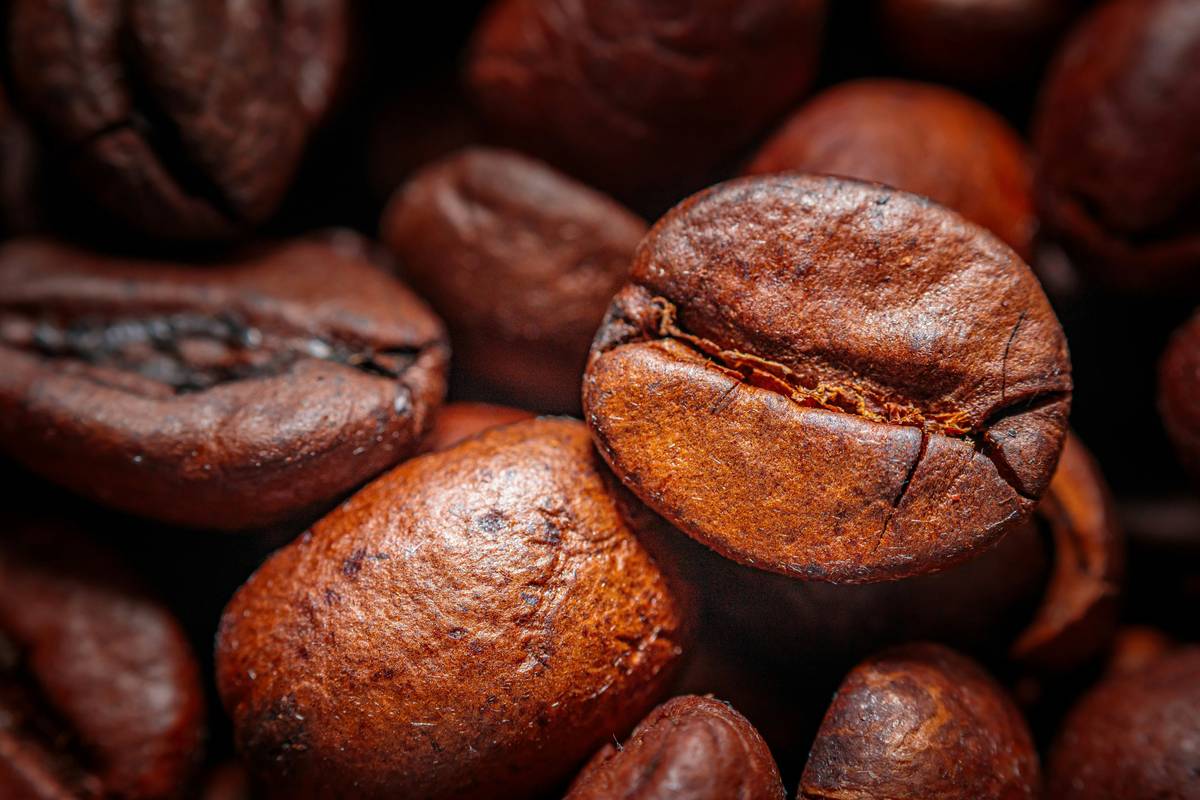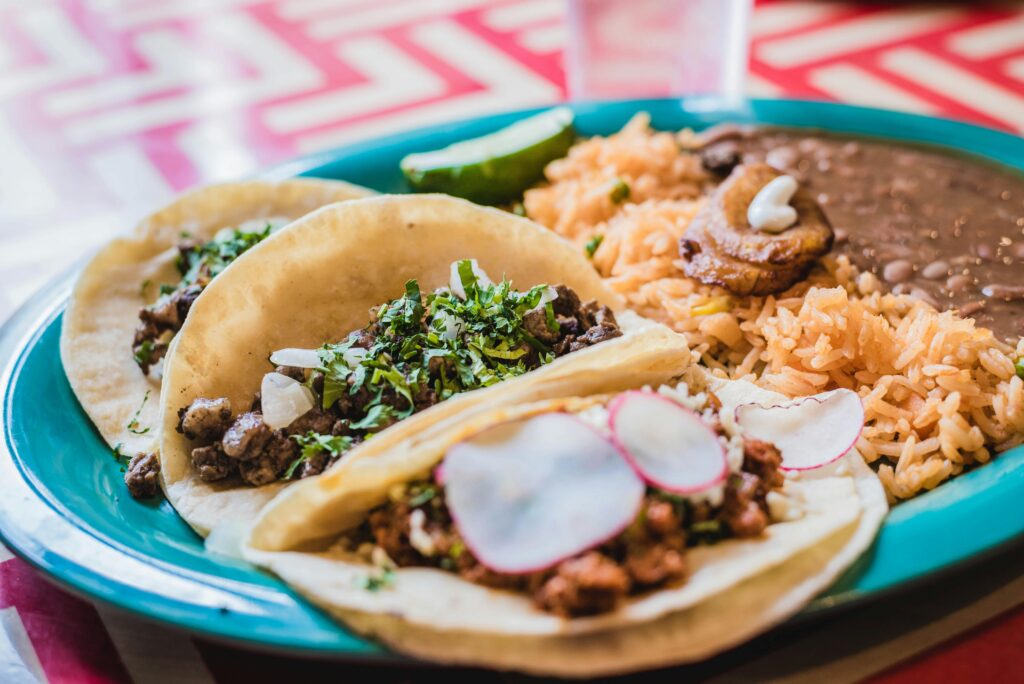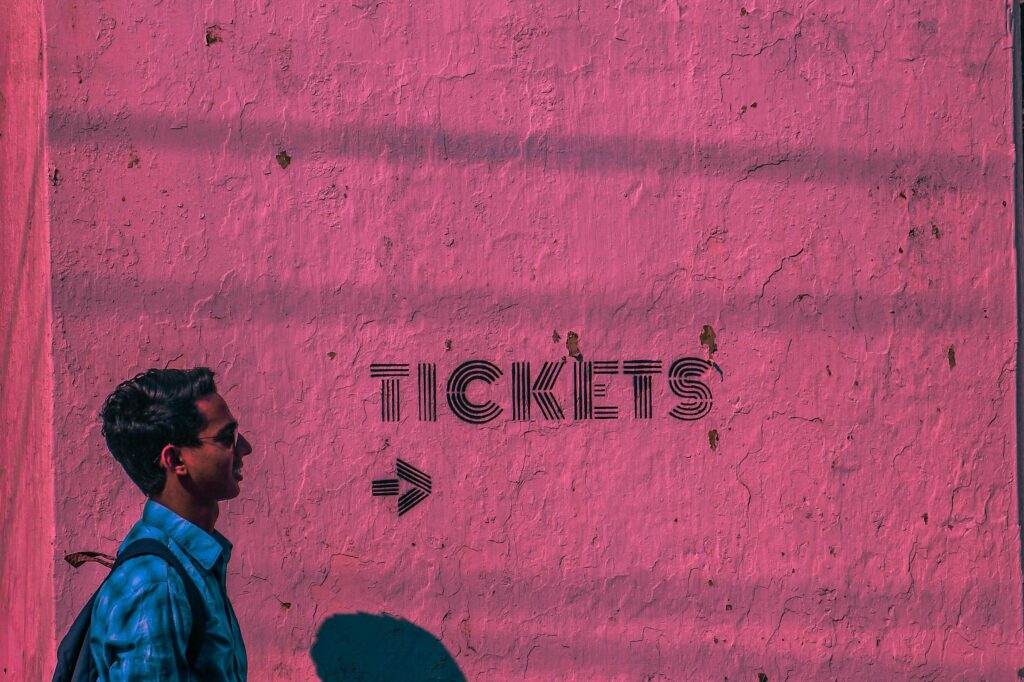Ever woken up craving that bold, caffeinated kick only to be let down by your smart coffee maker? Yeah, us too. If you’ve been sipping lackluster lattes and wondering why your fancy tech isn’t delivering the goods, maybe it’s time to rethink what’s inside the bean hopper. Spoiler alert: Robusta coffee beans might just be your new best friend.
In this post, we’ll dive into how pairing robusta with smart coffee makers creates a caffeinated symphony unlike any other. You’ll learn:
- Why robusta deserves more love (and less shade)
- Tips for optimizing your smart coffee maker settings for robusta
- Real-world success stories of coffee geeks who nailed their brews
Table of Contents
- The Problem: Why Your Coffee Tastes Meh
- How to Optimize Your Smart Coffee Maker for Robusta Beans
- Best Practices for Brewing with Robusta
- Case Study: The Robusta Revolution
- Frequently Asked Questions About Robusta Coffee Beans
Key Takeaways
- Robusta coffee beans have twice the caffeine content of arabica but often get overlooked due to misconceptions about bitterness.
- Smart coffee makers can be optimized to highlight robusta’s unique flavor profile.
- Poorly calibrated brewing temps can ruin even the best robusta beans—don’t do this!
The Problem: Why Your Coffee Tastes Meh
Confession: I once loaded my shiny new smart coffee maker with supermarket arabica because “that’s what everyone uses.” Big mistake. The result? A bland, watered-down disappointment that made me question whether I’d wasted $300 on a glorified drip machine.
Here’s the thing: not all coffee beans are created equal. Arabica may reign supreme in hipster cafes, but its milder taste doesn’t always play well with the precision engineering of smart coffee makers. Enter robusta coffee beans, the unsung heroes of strong, flavorful java.
According to industry stats, robusta accounts for nearly 40% of global coffee production—but gets far less love than its delicate cousin, arabica. And sure, robusta has a reputation for being bitter. But when brewed right—with the perfect grind size, temperature, and timing—it packs an energizing punch with rich, earthy undertones. It’s like swapping white bread for sourdough; suddenly, life feels fuller.
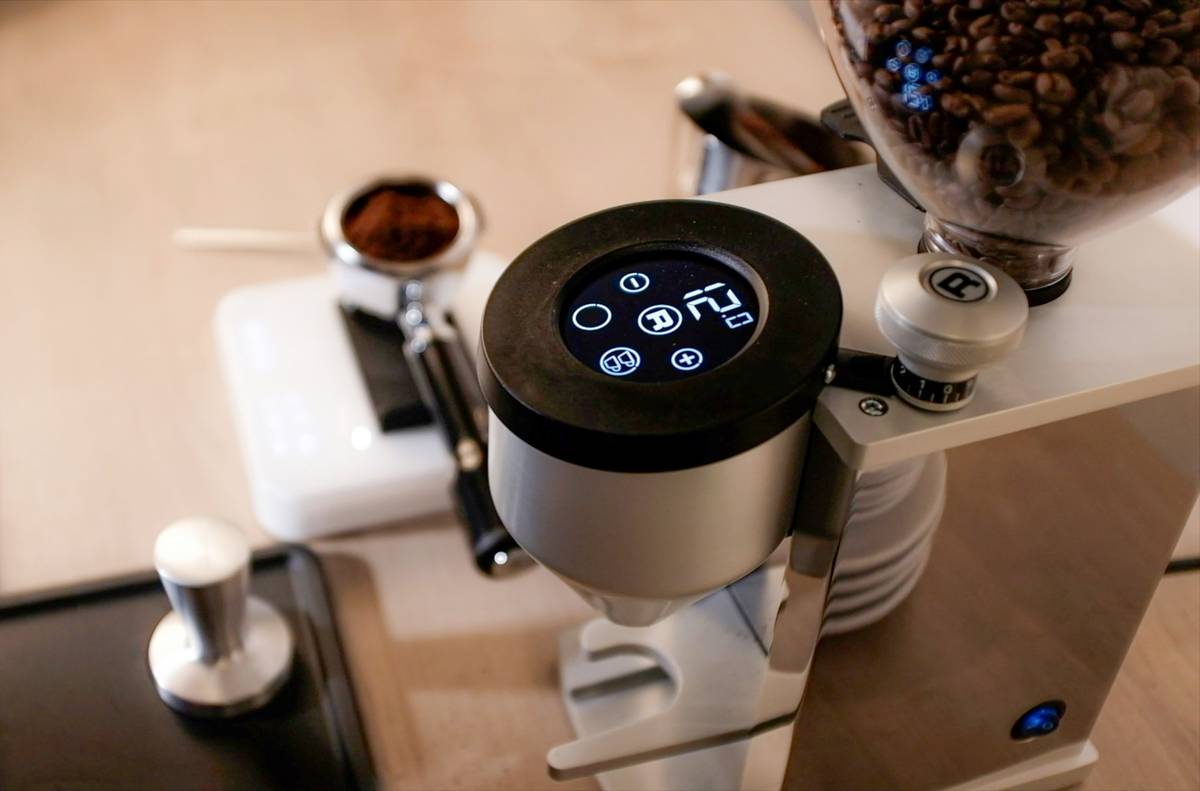
Image: Robusta vs. Arabica – More Caffeine, More Energy.
How to Optimize Your Smart Coffee Maker for Robusta Beans
Alright, Optimist You says, “This sounds awesome!” Grumpy You replies, “But HOW?” Don’t worry—we’ve got you covered.
Step 1: Adjust Grind Size
Robusta beans are denser than arabica, which means they need a finer grind to extract maximum flavor without over-extraction. Most smart coffee makers come with adjustable grind settings—set yours to “fine” or “espresso mode.” Trust me, your mornings will thank you.
Step 2: Set the Right Brewing Temp
Water temperature is crucial. For robusta, aim between 195°F and 205°F. Anything lower, and you risk weak flavors; anything hotter, and bitterness takes over. Check your smart coffee maker’s app for customizable temp controls—if there aren’t any, upgrade ASAP.
Step 3: Calibrate Water Ratio
A general rule of thumb is two tablespoons per six ounces of water. However, robusta requires slightly less water to avoid diluting its boldness. Experiment until you find your sweet spot. Pro tip: Use the scale feature on advanced models to measure everything precisely.
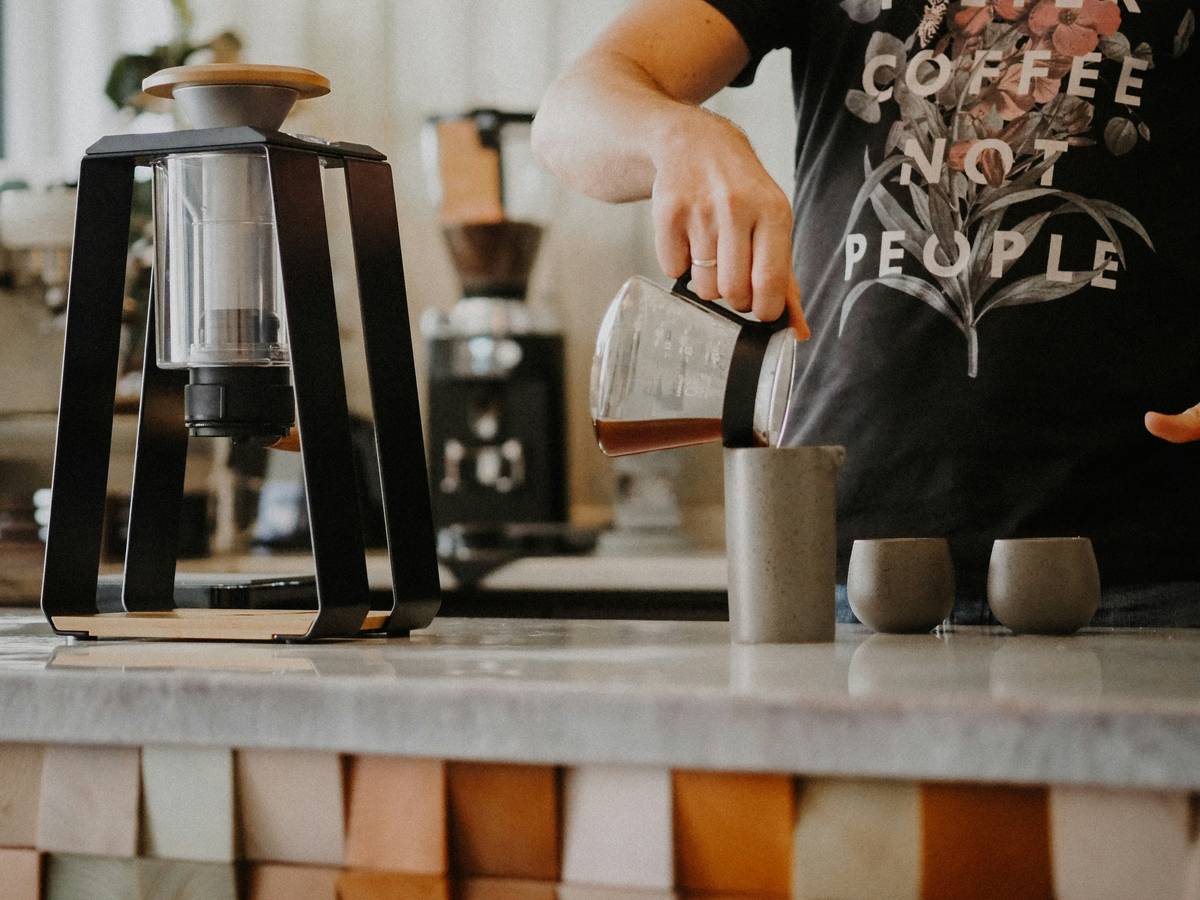
Image: Optimize these settings to unlock robusta’s full potential.
Best Practices for Brewing with Robusta
- Store Properly: Keep robusta beans in an airtight container away from sunlight. Oxygen = flavor killer.
- Use Fresh Beans: Pre-ground coffee loses aroma fast. Invest in a burr grinder and grind fresh daily.
- Avoid Burnt Bitterness: Terrible Tip Alert: Someone online suggested microwaving stale grounds for extra strength. Please don’t. Seriously.
Case Study: The Robusta Revolution
Meet Sarah, a freelance graphic designer from Portland. She switched from arabica to robusta after discovering her smart coffee maker was designed specifically for high-density beans. Result? Her productivity skyrocketed thanks to robusta’s intense caffeine boost, while her taste buds rejoiced at finally finding depth in every sip. “It’s chef’s kiss,” she says. “Like drinking liquid energy with personality.”
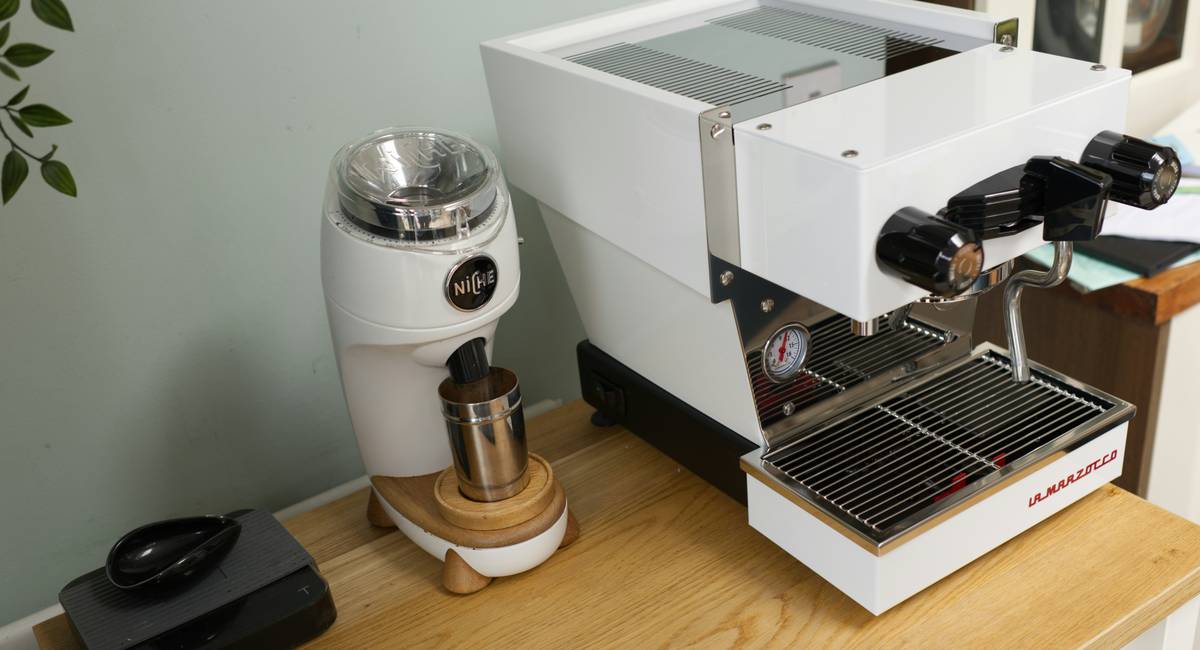
Image: Sarah enjoying her morning fuel powered by robusta magic.
Frequently Asked Questions About Robusta Coffee Beans
Is robusta stronger than arabica?
Yes! Robusta contains nearly double the caffeine of arabica, making it ideal for those seeking a serious wake-up call.
Can I use robusta in espresso?
Absolutely. In fact, many espresso blends include robusta for added crema and boldness.
Why does robusta have a bad reputation?
Mostly marketing. Arabica dominates premium markets, leaving robusta typecast as cheap and bitter—which isn’t true if brewed correctly.
Conclusion
If you’ve ever thought, “Meh, another mediocre cup,” remember this: robusta coffee beans + smart coffee maker = game-changing mornings. By tweaking grind sizes, temps, and ratios, you can unleash robusta’s hidden depths and transform your daily ritual into something extraordinary.
Like opening a Tamagotchi egg, mastering robusta requires patience. One small step for man, one giant leap for coffee-kind.
